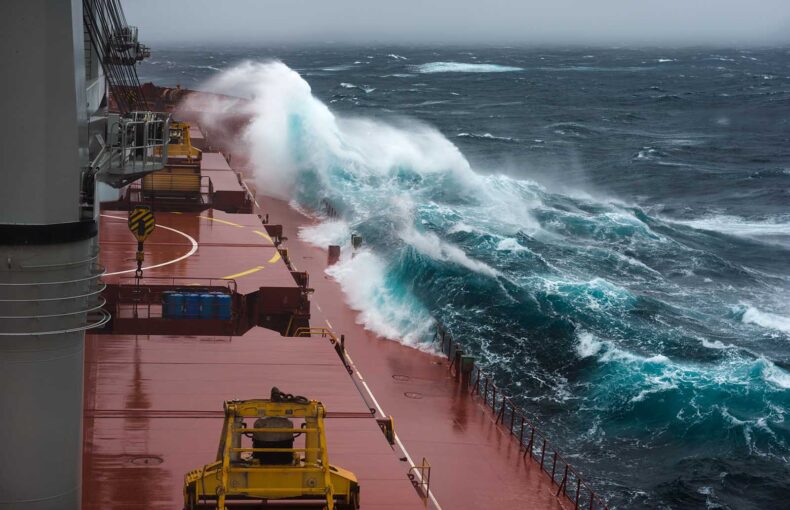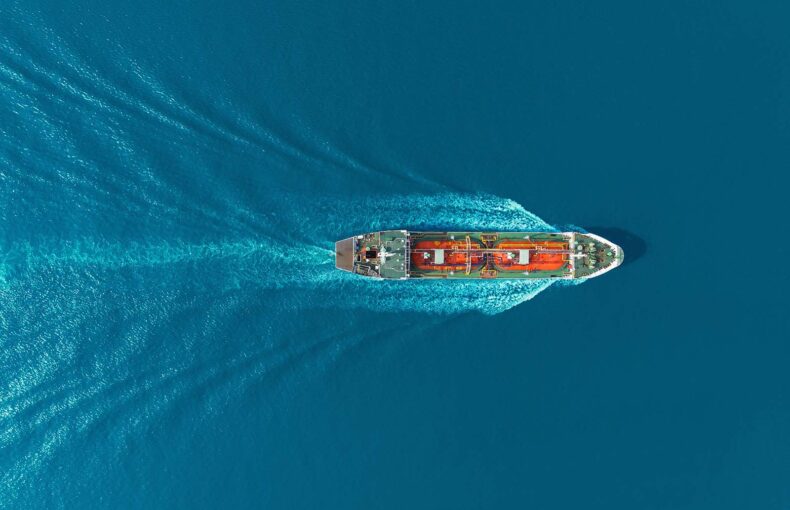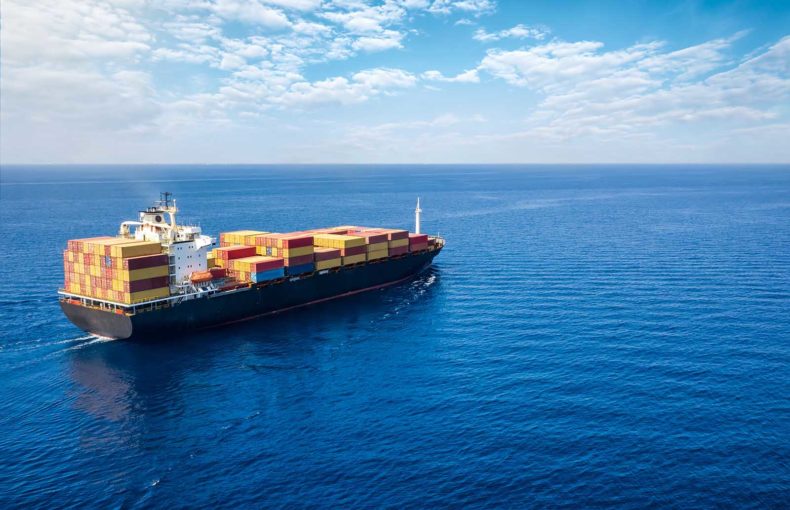Grain laundering: seeing who’s hiding in the dark shipping
You may have heard of money laundering, but what about “grain laundering”?
From the outset of the Russian invasion, Ukraine has sought to protect its food supplies, but also recognizes the key role the country plays in feeding the world.
Tenacious investigative reporters like K.Oanh Ha, Aine Quinn, and Samuel Dodge at Bloomberg have been following all the data trails to see if Ukrainian grains are reaching their intended beneficiaries.
The number of shipments of grain now coming from Russian-occupied Crimea has risen by over a third, compared to last year during peacetime. Ships are nearly full upon departure from a sanctioned port, and are suspected of moving their cargo in open seas via ship-to-ship (STS) transfer, a tactic originally used by countries facing oil embargoes in order to sell crude illegally. An example of a suspected STS transfer can be seen below.
Using data to shine a light on dark shipping
Bloomberg’s recent article on grain smuggling from Ukraine is exemplary of how to best leverage complementary data sources, each with its own strengths, to shed light on suspicious behavior. The sequencing of data visualizations, in scroll story format, allows readers to fully understand both the chronology of events and the role each data building block plays in uncovering the truth.
This is also a glimpse into the future of monitoring sanctions and potential trade violations. Synthetic Aperture Radar (SAR) can provide visual evidence, AIS ship tracking can confirm valid positions, and new Dark Shipping detection technologies can cast a wide net and validate ship positions.
As the American boxer Joe Louis said, “He can run, but he can’t hide.”
 Written by
Written by


